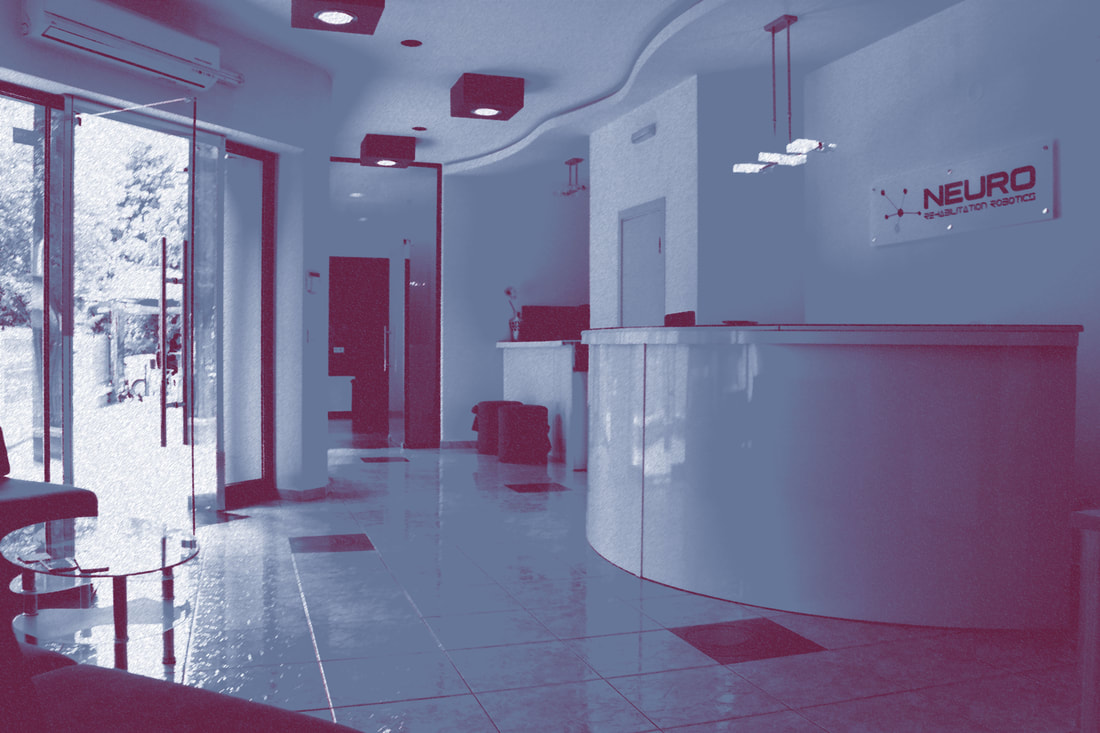|
After a cerebral-vascular accident, the patient has a much better chance of recovering limb function if his or her medical treatment is supplemented with a rehabilitation therapy that uses robotic devices. The intervention needs to take place very early on, in the first couple of weeks to make a difference. Adding virtual reality technology further increases the patient’s chances of recovery. Robotic rehabilitation therapy is without question a very effective new tool in clinical practice. Still, being a relatively new field, research teams all over the world are finding new ways to improve the technology.
Studies focus on advancements and future avenues in upper limb rehabilitation, where the results are most promising. There are two approaches in tackling the limitations of current robotic systems for the upper limb:
More bang for your buck Technical limitations and a hefty price tag make hardware improvements difficult. Even if we could successfully engineer the perfect upper limb rehabilitation robot, would it be worth it? Perhaps sometime in the near future it might, but the material cost and outsized upfront investment is a deterrent, not to mention the added mechanical limitations that will need to be overcome and the space necessary to house a robot that has 27 motors to move 27 degrees of freedom (to better recreate human movement).[1] Making the “perfect robot” is costly and limited in usability. Moreover, the structure of the existing systems is more than adequate, especially if we consider the ratio of development effort to clinical advantage; even minor mechanical improvements will require prodigious development efforts, time and money.[2] Lower-hanging fruit and better use-value While the existing hardware systems are believed to be adequate (if not sufficient), can we cay the same about the current software? It turns out that therapeutic applications of upper limb rehabilitation systems require more work. Fortunately, the desired advances are relatively easy to implement, and they have the potential to have a significant impact. Perfecting the therapeutic software’s usability and functionality holds great potential. It will lead to better systems for monitoring and standardizing successful protocols. This would in turn integrate and streamline expert knowledge that would likewise become available to a larger patient pool. Improving the existing software systems will also increase the patient’s motivation to train, boosting the odds of recovery. A common cross-system software platform will further facilitate collaborative work on future therapeutic advances. As healthcare systems are under pressure to reduce costs, robots will become an ever more essential part of modern rehabilitation therapies. Footnotes:
|
|
|
Hours: Monday - Friday: 8am to 6pm Saturday - 8am to 2pm |
About us:Neurorehabilitation Robotics Ltd. is a private company focused on delivering effective and measurable primary care to patients suffering from different forms of neural damage by supplementing traditional therapy with robotics-assisted protocols.
|
|
Neurorehabilitation Robotics Ltd
|


 RSS Feed
RSS Feed
